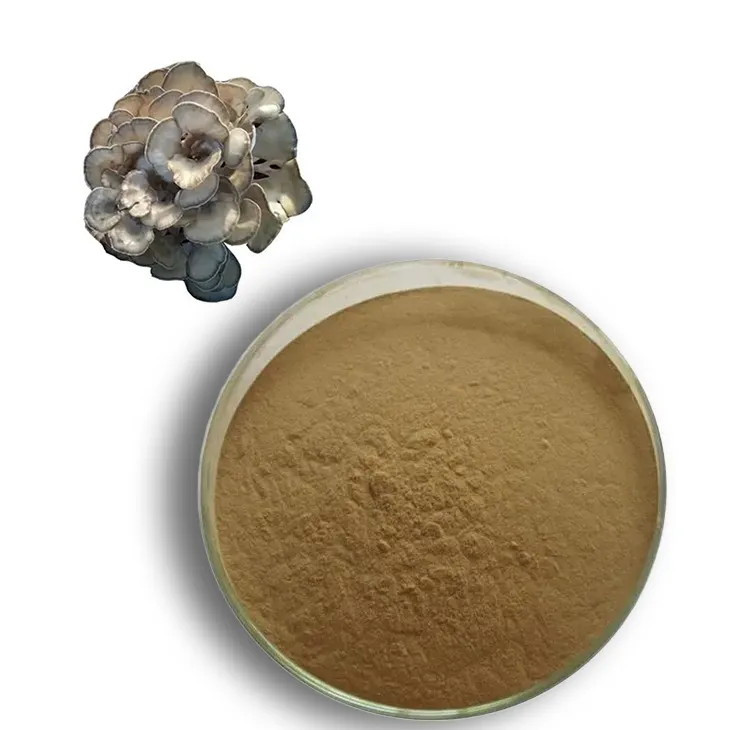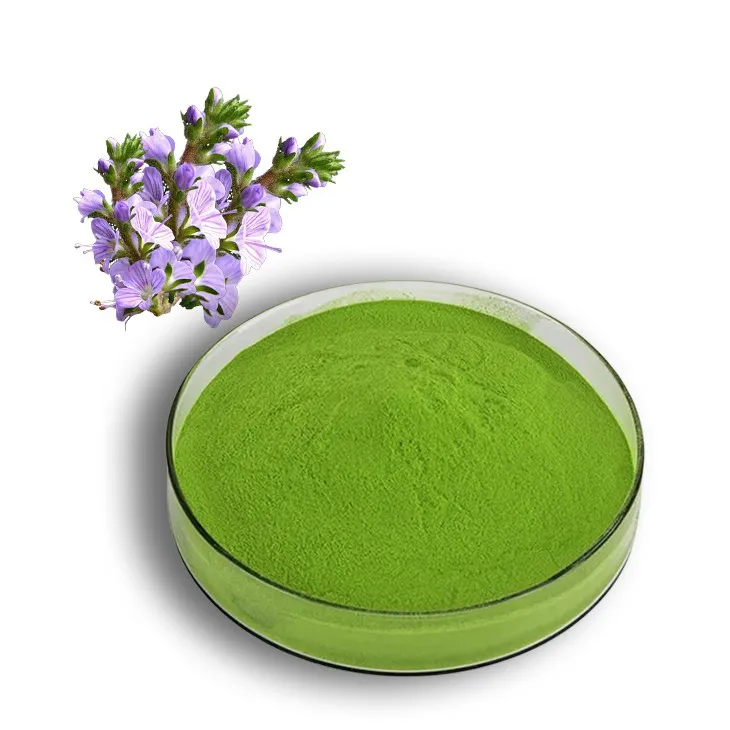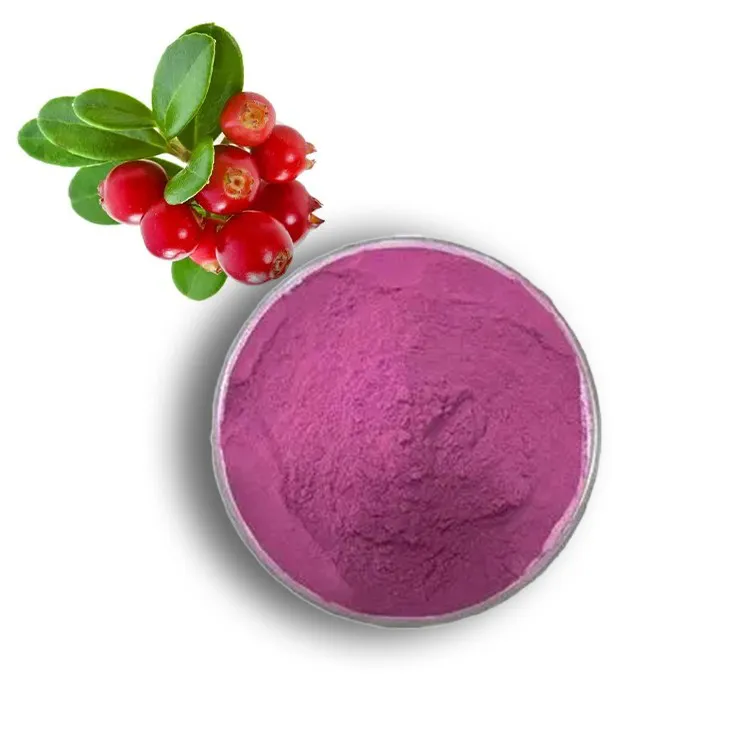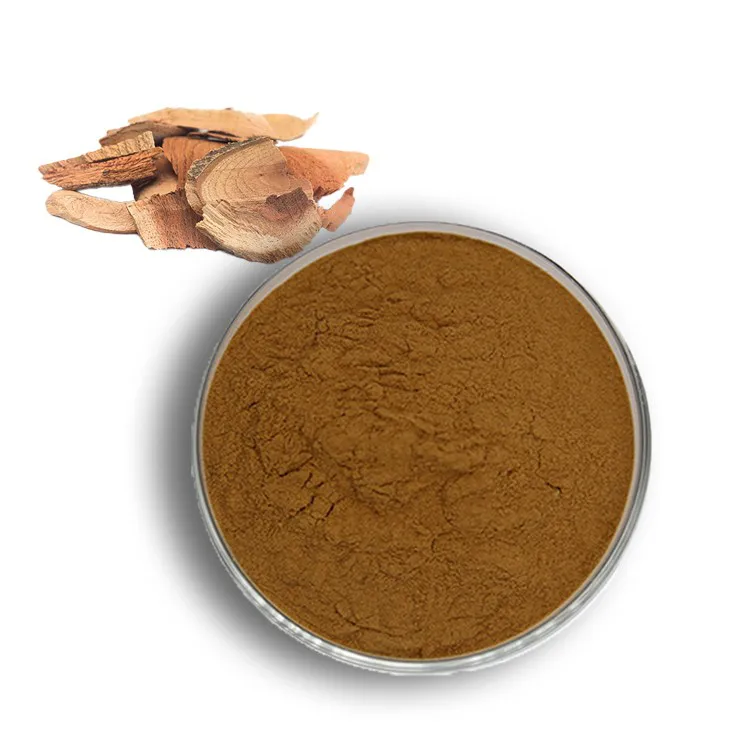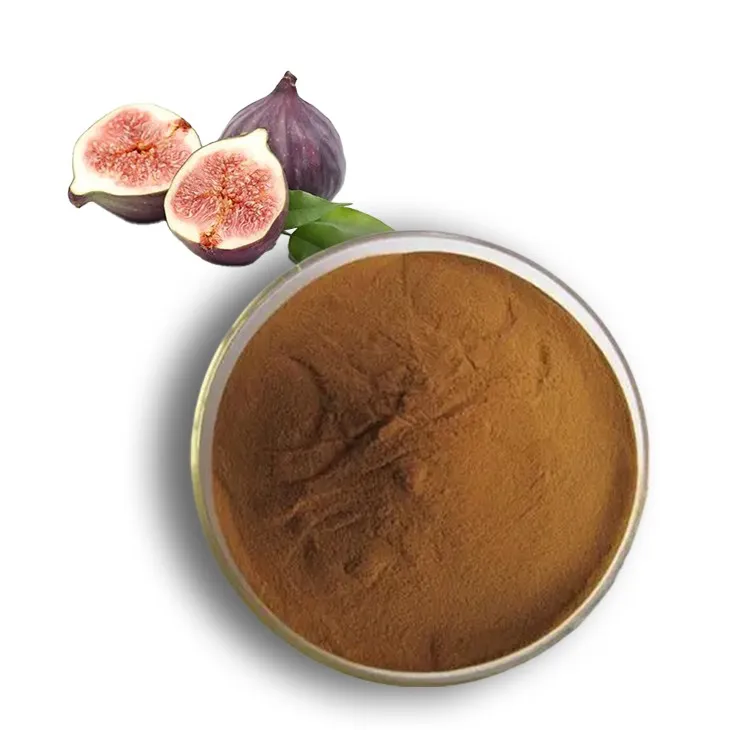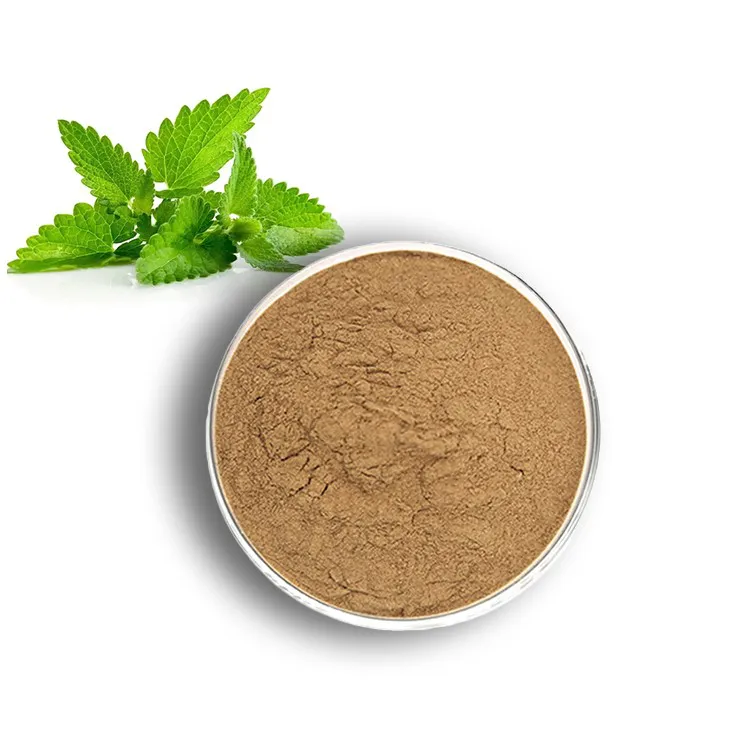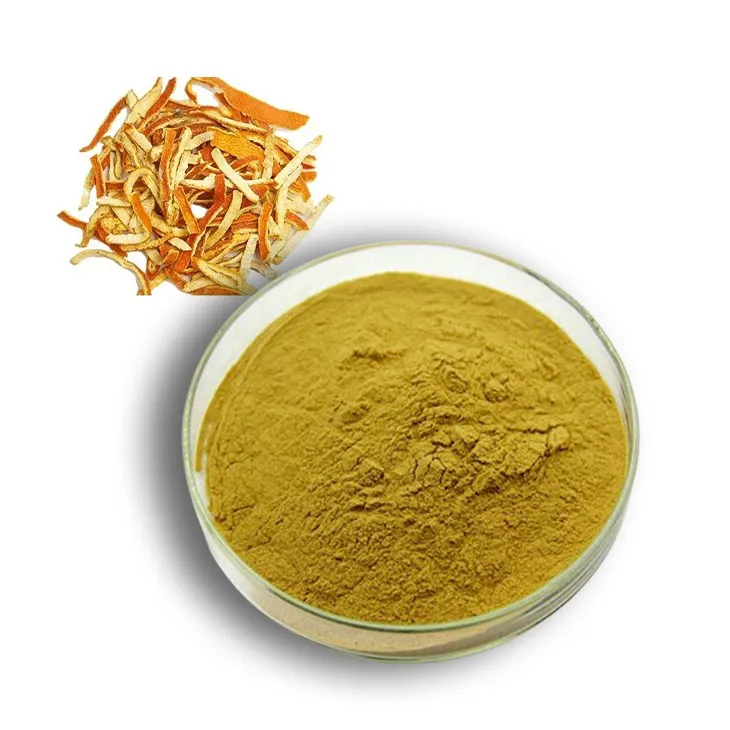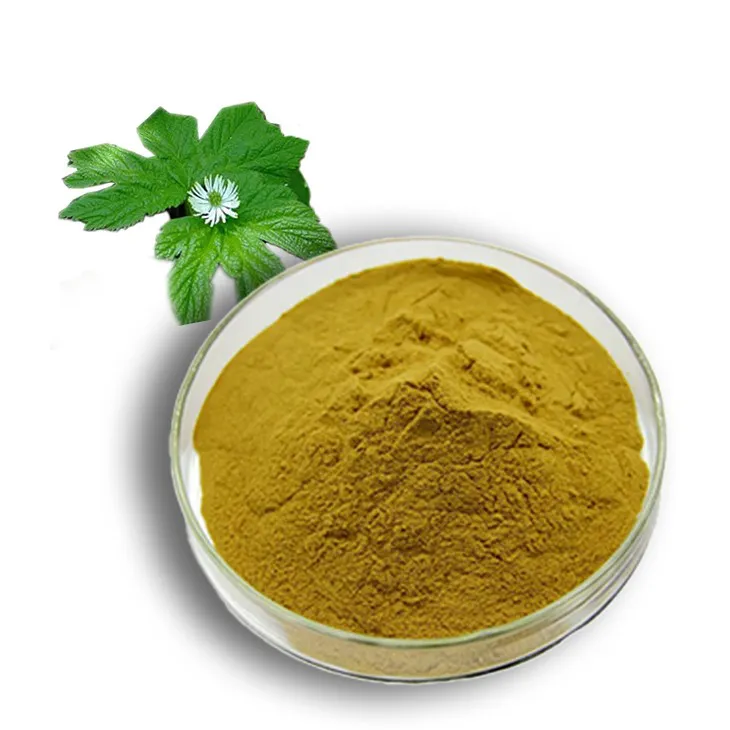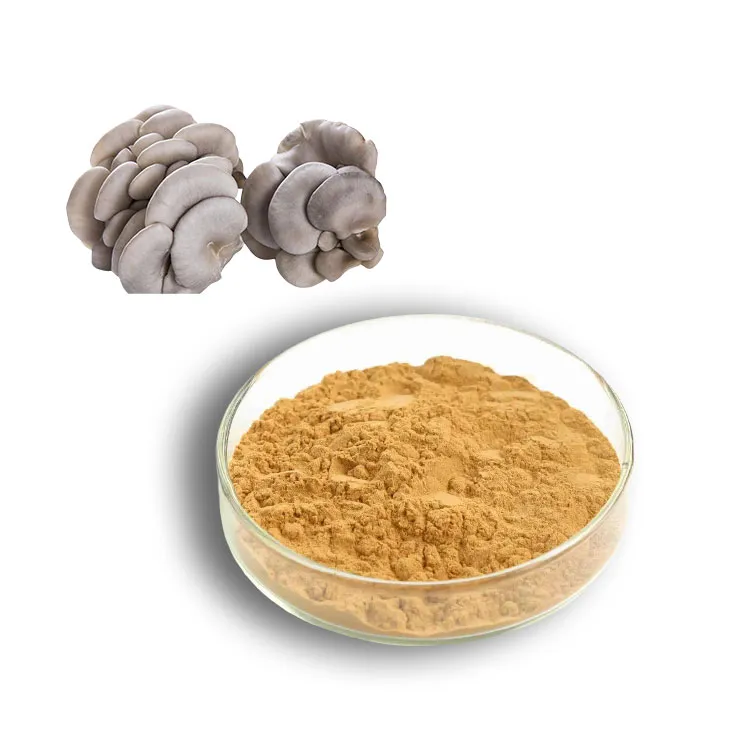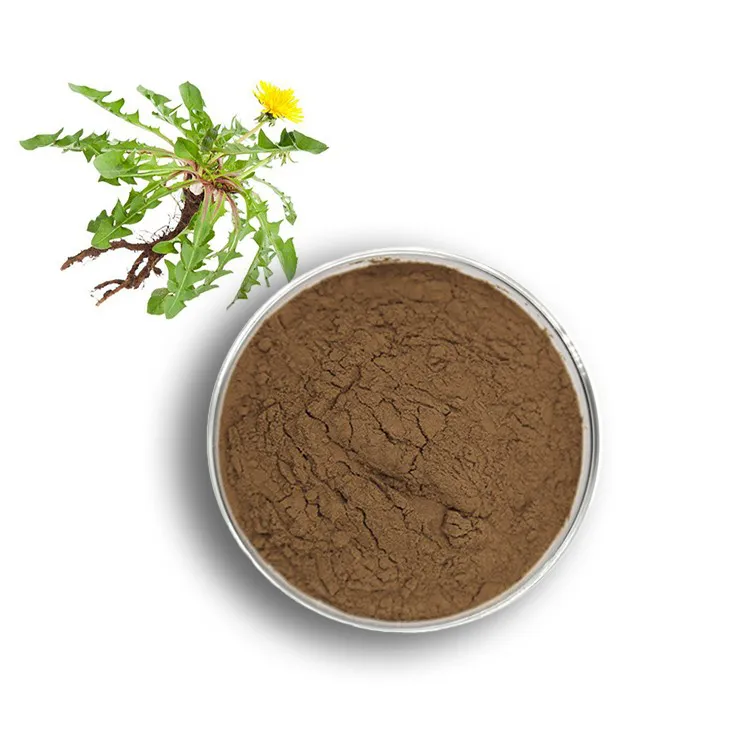- 0086-571-85302990
- sales@greenskybio.com
The Future of Licorice: Innovations and Prospects in Licorice Root Extract Usage
2024-07-03
1. Introduction
Licorice root extract has a long - standing history of being a valuable ingredient. For centuries, it has been used in various traditional medicine systems around the world. Licorice contains a rich profile of bioactive compounds, such as glycyrrhizin, which gives it its characteristic sweet taste and also contributes to its medicinal properties. In recent years, there has been a growing interest in exploring new applications for licorice root extract, not only in traditional areas but also in emerging fields. This article will delve into the potential future uses of licorice root extract, the challenges and opportunities in expanding its usage, and the environmental and sustainability considerations related to its cultivation and extraction.
2. Current and Traditional Uses of Licorice Root Extract
2.1. Traditional Medicine
In traditional Chinese medicine, licorice is known as "Gancao." It is often used as a harmonizing agent in herbal formulas, helping to balance the effects of other herbs. Licorice root has been used to treat various ailments, including coughs, sore throats, and digestive problems. In Ayurvedic medicine, it is also used for similar purposes, such as soothing the digestive tract and relieving respiratory issues.
2.2. Culinary Arts
Licorice root extract has been used in the culinary world for its unique sweet flavor. It is an ingredient in some candies, such as licorice candies, which are popular in many countries. In addition, it can be used to flavor beverages, like herbal teas, adding a distinct and pleasant taste.3. Innovations in Licorice Root Extract Usage
3.1. Drug Development
Licorice root extract shows great potential in modern drug development. Some of its bioactive compounds have anti - inflammatory properties. For example, glycyrrhizin has been studied for its potential in treating inflammatory diseases such as rheumatoid arthritis. Researchers are also exploring its antiviral properties. There is evidence that licorice may have activity against certain viruses, which could lead to the development of new antiviral drugs. Additionally, licorice - based compounds may have potential in the treatment of liver diseases. Some studies suggest that they can protect the liver from damage and promote liver cell regeneration.
3.2. Skincare
In the skincare industry, licorice root extract is emerging as a popular ingredient. It has skin - brightening properties, which can be beneficial for treating hyperpigmentation. The extract can inhibit the enzyme tyrosinase, which is involved in the production of melanin. This makes it useful in products aimed at reducing dark spots and achieving a more even skin tone. Licorice root extract also has anti - inflammatory and antioxidant properties, which can help soothe irritated skin and protect it from environmental damage.4. Challenges in Expanding Licorice Root Extract Usage
4.1. Standardization
One of the major challenges in expanding the use of licorice root extract is standardization. The composition of licorice can vary depending on factors such as the plant's origin, cultivation conditions, and extraction methods. This variability can lead to differences in the quality and efficacy of the extract. To ensure consistent results in drug development, skincare, and other applications, it is necessary to develop standardized extraction and quality control procedures.
4.2. Regulatory Hurdles
Licorice root extract is a natural product, but it still faces regulatory challenges. In the field of drug development, regulatory agencies require strict testing and approval processes. The safety and efficacy of licorice - based drugs need to be thoroughly evaluated. In skincare and food products, there are also regulations regarding the use of natural ingredients, such as maximum allowable levels of certain compounds. These regulations can vary from country to country, making it difficult for companies to develop and market licorice - based products globally.5. Opportunities in Expanding Licorice Root Extract Usage
5.1. Growing Consumer Interest
There is a growing consumer interest in natural and plant - based products. Licorice root extract, with its long history of use and multiple potential benefits, is well - positioned to meet this demand. Consumers are increasingly looking for alternatives to synthetic drugs and chemicals in skincare and healthcare, and licorice - based products can provide a natural option.
5.2. Collaboration between Different Sectors
Collaboration between the pharmaceutical, skincare, and culinary industries can open up new opportunities for licorice root extract usage. For example, a pharmaceutical company may partner with a skincare brand to develop products that combine the medicinal and cosmetic benefits of licorice. Similarly, the culinary industry can work with other sectors to create innovative food and beverage products that feature licorice root extract.6. Environmental and Sustainability Aspects
6.1. Cultivation Practices
The cultivation of licorice can have an impact on the environment. Traditional cultivation methods may require large amounts of water and land. To ensure sustainability, there is a need to develop more efficient cultivation practices, such as drip irrigation and crop rotation. Additionally, the use of pesticides and fertilizers in licorice cultivation needs to be carefully managed to minimize environmental pollution.
6.2. Over - Extraction
Over - extraction of licorice root is a concern. Licorice is a slow - growing plant, and excessive extraction can lead to depletion of wild populations. To address this issue, sustainable extraction methods need to be promoted. This may include measures such as setting quotas for extraction, promoting the cultivation of licorice for commercial use, and developing alternative sources of the bioactive compounds found in licorice.7. Conclusion
The future of licorice root extract is filled with both opportunities and challenges. The innovative uses in drug development, skincare, and culinary arts offer great potential for its expansion. However, issues such as standardization, regulatory hurdles, and environmental sustainability need to be addressed. With the growing consumer interest in natural products and the potential for cross - sector collaboration, there is a promising future for licorice root extract. By developing sustainable cultivation and extraction methods and navigating the regulatory landscape, the full potential of licorice root extract can be realized in the years to come.
FAQ:
What are the current innovative uses of licorice root extract in drug development?
Licorice root extract contains compounds like glycyrrhizin which have shown potential in various drug development areas. For example, it has anti - inflammatory properties that can be explored for developing drugs to treat inflammatory diseases. It may also play a role in antiviral drug development as some studies suggest it has antiviral activity against certain viruses. Additionally, its potential in treating liver diseases is being investigated as it might have hepatoprotective effects.
How is licorice root extract used in skincare?
In skincare, licorice root extract is highly valued. It has skin - lightening properties, which can be used to reduce hyperpigmentation and even out skin tone. Its anti - inflammatory nature also helps in soothing irritated skin, making it suitable for products aimed at treating skin conditions like eczema and psoriasis. Moreover, it can act as an antioxidant, protecting the skin from free - radical damage and premature aging.
What new applications are emerging for licorice root extract in culinary arts?
In culinary arts, new trends are emerging. Besides being used as a traditional flavoring agent in confectionery and some beverages, licorice root extract is now being explored in more innovative ways. It can be used to add a unique flavor to modern - style desserts, like molecular gastronomy creations. Also, some chefs are experimenting with using it in savory dishes to add a complex, sweet - earthy note, especially in fusion cuisines.
What are the challenges in expanding the usage of licorice root extract?
One major challenge is regulatory compliance. Different regions have different regulations regarding the use of licorice root extract in food, drugs, and cosmetics. Another challenge is ensuring the quality and consistency of the extract. Since the composition of licorice root can vary depending on factors like the origin and cultivation methods, it can be difficult to produce a standardized extract. Also, there may be potential allergenic reactions in some individuals, which needs to be carefully considered when expanding its usage.
What are the environmental and sustainability aspects related to licorice cultivation and extraction?
Regarding environmental and sustainability aspects, licorice cultivation can be affected by climate change, which may impact its yield and quality. Over - extraction of licorice root without proper management can lead to depletion of natural resources. Additionally, sustainable cultivation practices need to be promoted to ensure the long - term availability of licorice. This includes measures like proper irrigation to conserve water, reducing the use of pesticides and fertilizers, and promoting agro - forestry systems where licorice can be grown in harmony with other plants.
Related literature
- The Potential of Licorice Root Extract in Modern Medicine"
- "Licorice in Skincare: A Comprehensive Review"
- "Innovations in Culinary Applications of Licorice"
- "Challenges and Opportunities in Licorice Root Extract Utilization"
- "Sustainable Licorice Cultivation: Environmental Considerations"
- ▶ Hesperidin
- ▶ Citrus Bioflavonoids
- ▶ Plant Extract
- ▶ lycopene
- ▶ Diosmin
- ▶ Grape seed extract
- ▶ Sea buckthorn Juice Powder
- ▶ Fruit Juice Powder
- ▶ Hops Extract
- ▶ Artichoke Extract
- ▶ Mushroom extract
- ▶ Astaxanthin
- ▶ Green Tea Extract
- ▶ Curcumin
- ▶ Horse Chestnut Extract
- ▶ Other Product
- ▶ Boswellia Serrata Extract
- ▶ Resveratrol
- ▶ Marigold Extract
- ▶ Grape Leaf Extract
- ▶ New Product
- ▶ Aminolevulinic acid
- ▶ Cranberry Extract
- ▶ Red Yeast Rice
- ▶ Red Wine Extract
-
Maitake Mushroom Extract
2024-07-03
-
Alfalfa Meal
2024-07-03
-
Europen Bilberry Extract
2024-07-03
-
Thunder God Vine Extract
2024-07-03
-
Fig Extract
2024-07-03
-
Lemon Balm Extract
2024-07-03
-
Hesperidin
2024-07-03
-
Golden Seal Extract
2024-07-03
-
Oyster Mushroom Extract Powder
2024-07-03
-
Dandelion Root Extract
2024-07-03











